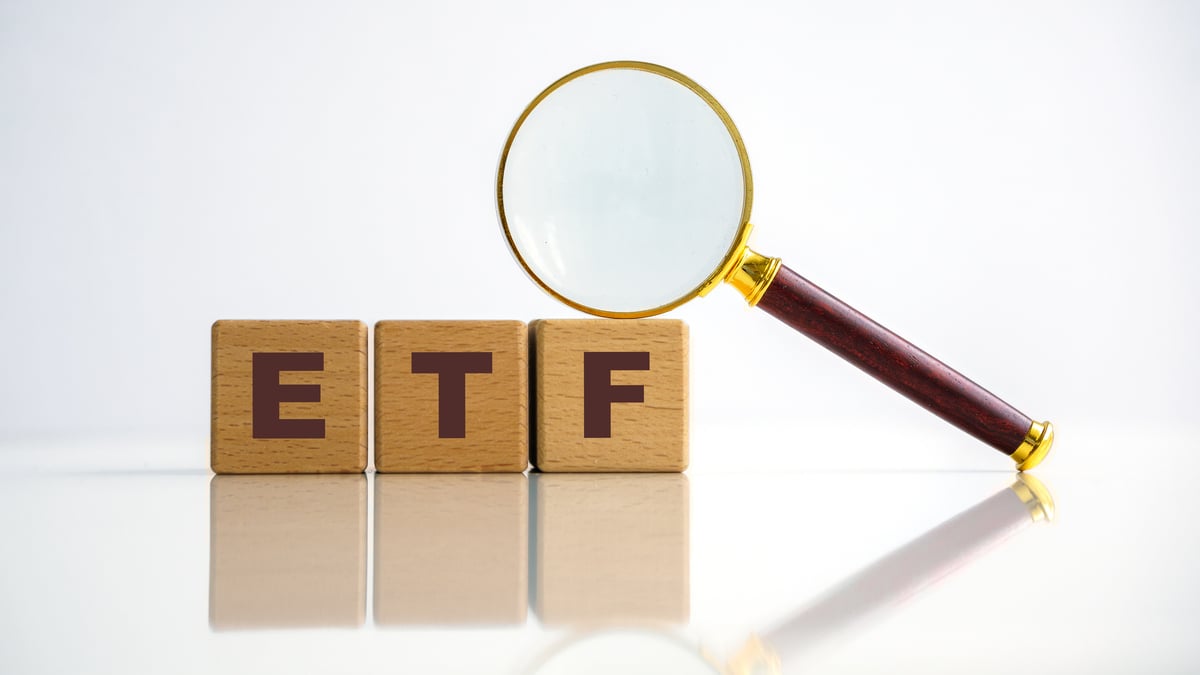It's never too late or too early to start investing in the stock market. Even if you don't know much about stocks, there are easy ways to gain exposure to a wide range of companies through a single investment. By doing so, you can keep your risk relatively low while also setting yourself up to achieve some significant gains over the long term.
If you don't have any money saved up today, you can still build up a portfolio of more than $1 million in the long run. As long as you have more than 30 investing years left and can afford to set aside $350 per month, you can set up a strategy for creating a portfolio worth more than $1 million.

Image source: Getty Images.
When investing for the long haul, focus on growth stocks
To maximize your gains over the years, you'll want to invest in growth stocks because they have the most upside in the long run. While it may seem challenging to track the best growth stocks, an easy way to accomplish this is by investing in an exchange-traded fund (ETF) that tracks them. The Invesco QQQ Trust (QQQ +0.41%) can be the ideal investment for this purpose.
The Invesco ETF holds a portfolio of 100 stocks -- the largest non-financial stocks on the Nasdaq exchange. It will rebalance and adjust over time to ensure that its holdings are reflective of the most valuable stocks on the exchange. Some examples of the stocks you'll get access to through this ETF today are Apple, Netflix, and Tesla.
The fund charges an expense ratio of 0.2%, which isn't terribly high, especially when you consider the impressive returns it has generated over the years; it has soundly outperformed the market.
S&P 500 vs QQQ data by YCharts
How many years will it take for your portfolio to reach $1 million?
Investing $350 per month in the ETF can be a great way to slowly build up your position. At that rate, you would be investing about $4,200 per year. And if you can keep up that habit for the long haul, it can potentially make you a millionaire.
Here's how your portfolio might increase in value over the years, at varying annual returns. The market has averaged a long-run return of 10% and in the table below, I've included that rate along with a scenario where the Invesco fund both does better and worse.
| Year | 9% Growth | 10% Growth | 11% Growth |
|---|---|---|---|
| 30 | $645,566 | $797,764 | $990,580 |
| 31 | $710,535 | $885,735 | $1,109,667 |
| 32 | $781,599 | $982,917 | $1,242,536 |
| 33 | $859,328 | $1,090,276 | $1,390,779 |
| 34 | $944,350 | $1,208,877 | $1,556,177 |
| 35 | $1,037,347 | $1,339,897 | $1,740,715 |
Calculations by author.
If the fund averages a 10% return, it would take 33 years for your portfolio to be worth $1 million. This involves investing $350 per month throughout those years. If, however, the ETF's returns aren't that high and it averages a rate of 9% instead, it would take 35 years of regular monthly investing before your portfolio would reach $1 million.
A lot hinges on that annual return. If it's lower than you expect it to be, then you can adjust by changing your expectations and planning to invest for longer, or by adding more money to your portfolio. This can be done by either increasing the amount of your monthly investment or by adding a large lump sum to boost your balance. The more money in your portfolio that's growing and benefiting from the effects of compounding, the quicker you can get to your goal of reaching $1 million. But even with no money in your portfolio today, you can still set yourself up on a path to build up a big nest egg by the time you retire.






